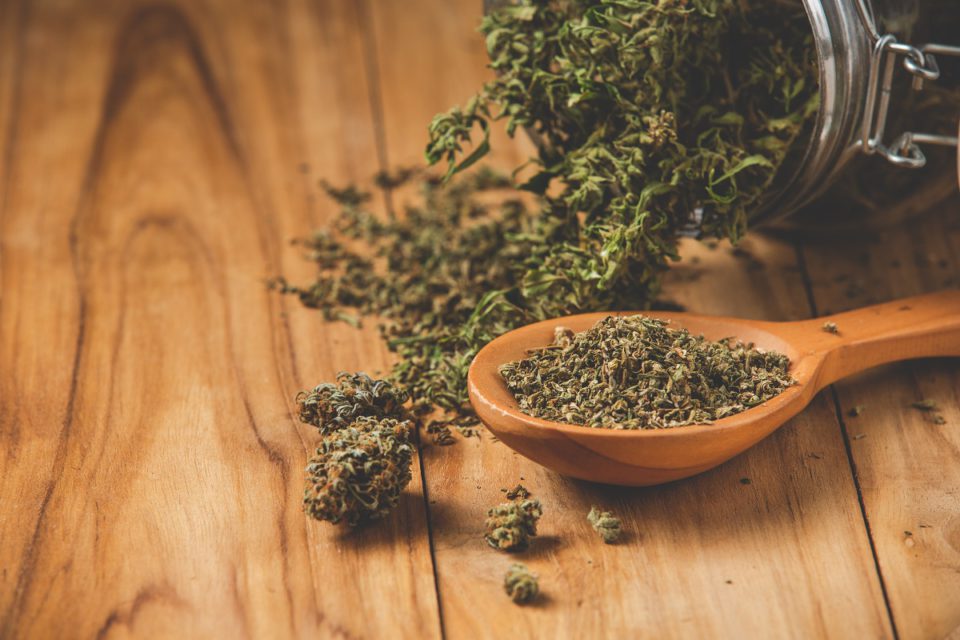Cannabis is a well-known plant-derived drug containing two ingredients: non-psychoactive cannabidiol (CBD) and delta-9-tetrahydrocannabinol (THC). They are considered psychoactive ingredients that must not be combined with other drugs or medications.
Much research has been done on cannabis, and some findings state that when cannabis is combined with blood thinners, it may cause drug interactions and create a harmful buildup in the body. When the body processes cannabinoids, the metabolites remain in the system for up to two weeks.
During this time, they interfere with enzymes metabolizing pain medications. This is why doctors may notice a lack of response to their treatment.
In this article, we’ll see the results that cannabis has when it interacts with other drugs.
Use of Cannabis
With the liberalized cannabis law, more people turn to hemp for recreational or medicinal use. This plant is rapidly spreading among all age groups. Today you only need to go online and select from the range of cannabis products on reliable online dispensaries such as SecretSmoke.
The younger population may not be much affected by interactions between cannabis and medications because there are lower chances of using medicine at a younger age.
However, this is a serious problem among elderly consumers with various prescribed drugs.
Types of Drugs That Interact With Cannabis
Cannabis comes in many forms based on the THC: CBD ratios contained. This dramatically influences whether the drug will be antagonistic, synergistic, or additive.
Cannabinoid products often have different cannabinoid concentrations and the presence of many other compounds, which may be the triggers for unexpected drug interactions.
The most common drugs that can manifest dangerous
interactions when mixed with cannabis are:
1. Pain medications like Vicodin and Codeine
2. Sedatives like Benadryl and Lunesta
3. Thyroid Medications like Levothyroxine
3. Anticoagulants or blood thinners like Plavix and Coumadin
4. Anti-anxiety medications like Valium and Xanax
5. Heart rhythm medication like Amiodarone
6. Seizure medications or anticonvulsants like Depakene and Tegretol
7. Antidepressants like Prozac and Lexapro
Drug Interactions
A drug interaction is when two drugs or a drug and a substance found in food come together. These interactions should not be disregarded as they may change how the drugs work, increase side effects, or even induce unexpected adverse effects.
The interactions may occur due to:
Interference – all drugs are designed to target a particular area, so by adding another one, the latter may hinder the efficiency of the first one.
Absorbance – drug interactions can obstruct the drug activity and thus change how the drug is absorbed.
Doctors warn against mixing medications with cannabis, alcohol, or other substances.
However, they don’t discourage the sole use of cannabis. Nonetheless, they always warn patients of the dangerous interactions of mixing prescription medications with cannabis products.
Possible Effects of CBD Interactions
CBD is deemed safe, but when mixed with some other drug, it can cause dry mouth, lightheadedness, nausea, drowsiness, and diarrhea. Using CBD with alcohol, opioids, antidepressants, or antihistamines may even cause toxicity or unwanted symptoms like fatigue, sleepiness, or driving accidents.
Combining stimulants with CBD can be the reason for decreased appetite, and if taken with diabetes or heartburn drugs, diarrhea is possible.
Altered concentration results from CBD interfering with the liver’s enzymes in charge of dissolving drugs. This means that the drug present in the body may be either too high or too low, i.e., the drug is not working. This interaction is often hard to foresee and may lead to serious health problems.
Does CBD Consumption Form Matter?
Current research shows that the only certain way that CBD can interact with drugs is if inhaled. This “type” of CBD enters the bloodstream much faster, increasing the risk of side effects.
Applying lotions and creams containing CBD doesn’t have
the same absorption level; hence sufficient amounts may not reach the
bloodstream to interact with the medications.
Unfortunately, science has yet to tell us how much CBD actually enters the
bloodstream through the skin.
When talking about edibles, we know it takes longer for CBD to be absorbed into the system. This means that high CBD levels may eventually be reached but not necessarily cause an interaction with other drugs.
Bottom Line
Cannabis can have different effects when interacting with other herbal products or medications. The side effects depend on factors like the person’s health condition, medication dosage, and cannabis dosage.
This drug should never be mixed with certain medications, so consult your doctor before purchasing. Sometimes, the medication dosage may need to be modified to prevent serious side effects.
Today, cannabis can be used for medicinal purposes and has been proven beneficial for many medical conditions. Nonetheless, health safety always comes first, so follow your doctor’s prescription or the medicine package insert.
